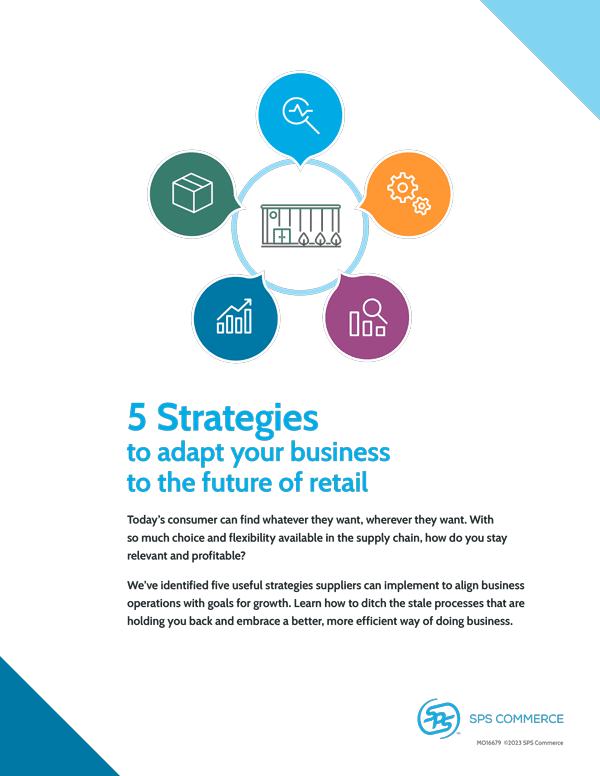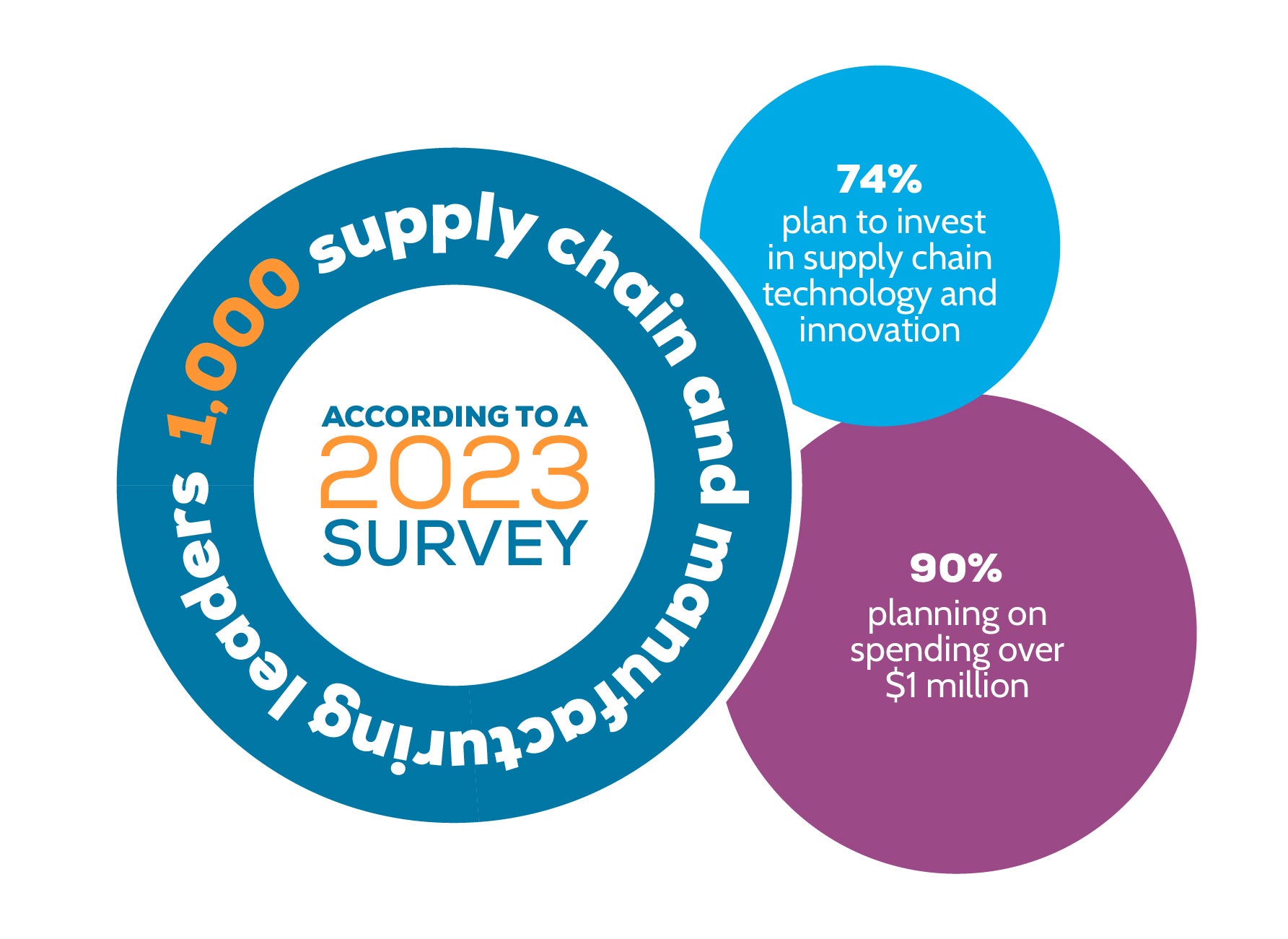
Five strategies to adapt your business to the future of retail
Learn how you can align business operations with your goals for a better, more efficient way of doing business.
Retail moves fast, and suppliers must adapt to keep pace.
According to a 2023 survey of over 1,000 supply chain and manufacturing leaders, 74% plan to invest in supply chain technology and innovation, with 90% planning to spend over $1 million, an increase of 24% over last year. This investment includes solutions for improved supply chain resiliency, sustainability and transparency.
The market is painting a clear picture: Staying ahead of tomorrow’s retail needs starts with rethinking how your business utilizes technology. But, with tech taking a bigger role in retail every day, it can be difficult to determine which area of your supply chain needs the most attention.

How can I adapt my business to consumer demands?
Today’s consumer can find whatever they want, wherever they want. With so much choice and flexibility available in the supply chain, suppliers need to fight to stay relevant and profitable.
How do I leverage data to optimize my inventory?
Suppliers need to optimize their inventory in order to keep pace with evolving consumer trends. Accurate, comprehensive sales data can help prevent stockouts and overstocks.
How can automation strengthen my omnichannel strategy?
Shoppers want a seamless experience across multiple channels. Without workflow automation, suppliers become bogged down by manual processes, which leave ample room for errors.